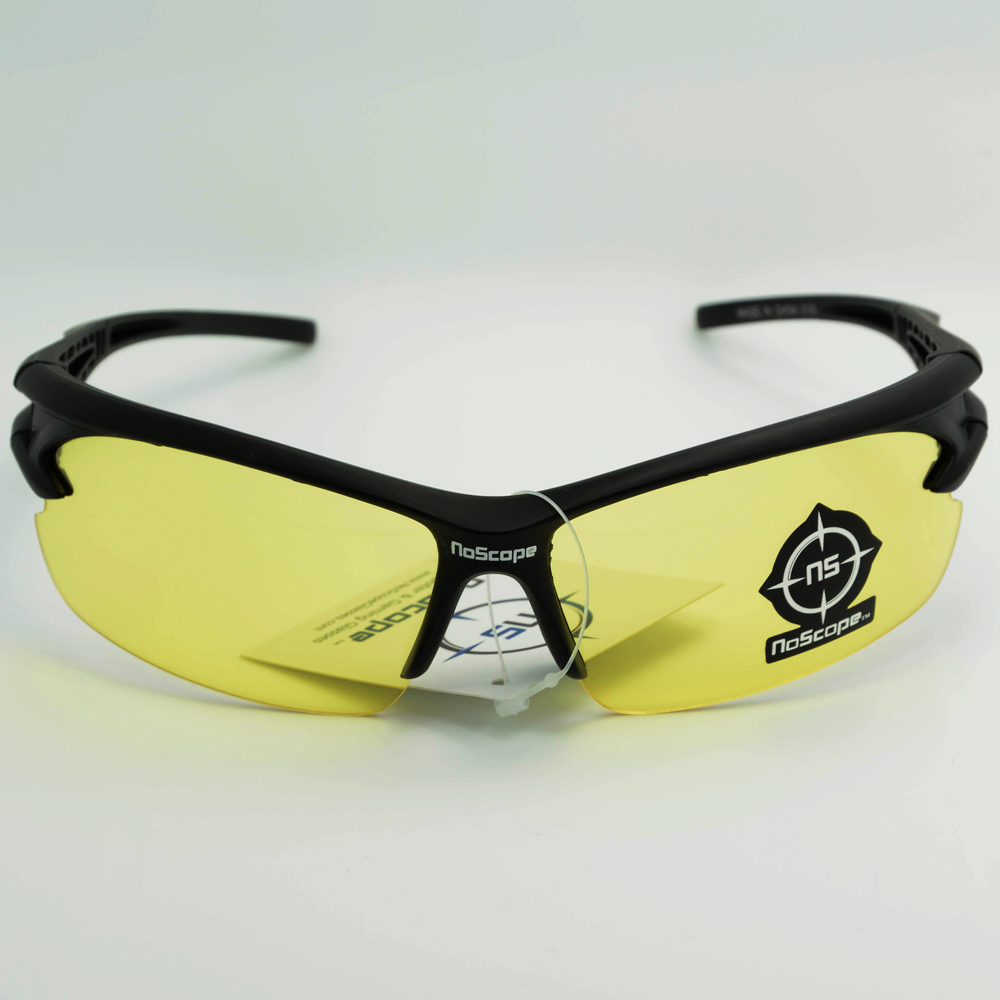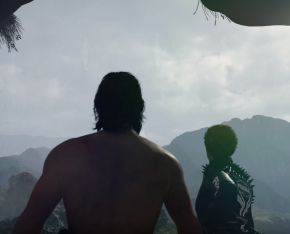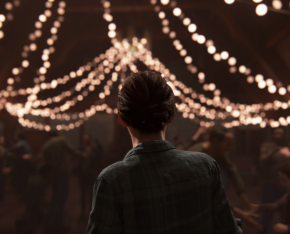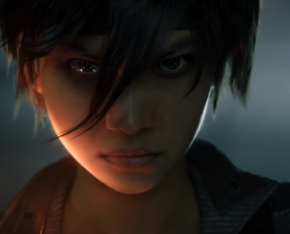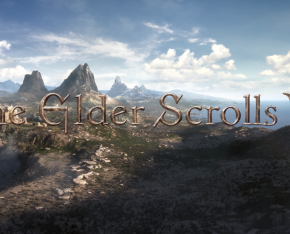By Anni Simpson on April 22, 2014 at 11:00am
As silly as the problem of "eye strain" sounds outside of the tech world, the argument is pretty simple. According to the Gunnar website, "70 percent of Americans suffer from digital eye strain." The Mayo Clinic" outlines "sore, tired, burning, or itching eyes, watery eyes, dry eyes, blurred or double vision, and headaches" as symptoms just to name a few.
(Presumably, people in other countries suffer from eye strain, too.)
Gunnars hit the market for this newly targeted issue fast, but they came with their own downfalls. Namely, they run for $69 and climb quickly if you require comforts or buying a pair adapted for your prescription.
NoScope attempts to address the same issue of reducing eye strain without the price point Gunnars require. NoScope sells a pair of “Demon Series” glasses online for $19.99. They don’t allow for comforts like nose guards, stronger frame material, or taking your prescription into account, but they are admittedly a third of the cost.
Both use the same basic technique: use yellow tinting to filter out harsh blues and whites from your monitor to soften the effect staring at your screen(s) has over an extended period of time. With NoScope based just up the road from Player Theory, we decided to take a look at what the competition for the infamous Gunnars has to offer.
Context
I work from home. I am primarily a PC gamer. That means I work where I game, staring at the same monitors well past the end of my eight-hour workday. I don’t think NoScope had any idea when they sent us their product, but I am eye strain epitomized. They’re often dry, and they hurt. I figured I’d be a good test dummy for their glasses for that reason alone.
Jeff’s situation is similar. He doesn’t work from home or wear glasses, but as a developer and a PC gamer, much of his time is spent staring at brightly lit screens all day, sometimes leaning forward to detect minute problems in color, font choice, or code.
Comfort
NoScope’s glasses are cheaper than Gunnars in part because they’re made of plastic instead of actual metal. They’re not flexible. The bottom edge is exposed, not protected by the frame; in NoScope’s defense, that’s a popular look in prescription glasses anyway. However, the frames were large enough to accommodate my face – which is small – without squeezing or constricting it at all. Additionally, the lack of metal was a bonus in this regard. Metal can be sharp and curved in painful or uncomfortable ways. However, NoScope uses a softer, rounder edge, meaning they won’t dig into your nose or behind your ears. They were comfortable enough that after a while, I forgot I was wearing them over a pair of my real, prescription frames (19”).
For Jeff, the glasses were snug, almost too snug. However, comfort wasn’t a huge problem for him, either.
Effectiveness
I didn’t notice any major improvements right away with regards to my eyesight. I initially tested them while raiding – two hours in my guild – and found that I wasn’t any better for it. The glasses were large enough to cover my entire field of vision – including peripheral – without interruption. While I enjoyed the softer lighting, it didn’t make my eyes hurt less, kill my headache, or improve my heals per second.
Jeff performed a similar test in which he wore them over two hours. After his test, colors seemed to pop a little bit more, and he noticed slight magnification, but eye fatigue was not noticeably better or worse.
Ophthalmic and Physiological Optics, a scientific journal that publishes research on vision science, reviewed existing scientific literature in 2002 on the effects of yellow-tinting on a subject’s vision:
VA [visual acuity] for normal observers through yellow, brown, or orange tinted lenses was identical to VA through luminance-matched neutral tints.
The results of a study published by the Latvian Journal of Physics and Technical Sciences didn’t find any conclusive evidence that yellow tinting greatly improves a subject’s vision, either:
The results did not show statistically significant improvement when looking through yellow filters. However, 56 percent of the individuals asserted that under reduced illumination they found it more agreeable to look through yellow filters.
Both studies were pulled using the assistance of the North Carolina State University library database.
However, feeling as though two hours was not long enough for a fair or solid test, I wore them over the course of two days starting at 9:30 AM and ending at approximately 7:30 PM. If I have to stare at smaller details on my bigger and brighter monitor (a 24” HP), I find myself hunching in a way that would make Notre Dame proud, and working with image editing, this is something I do a lot. However, on the two test days, I found that my eyes weren’t as dry, my shoulders not as cramped, and no headache at the end of the day, which is rare for me. I barely noticed I was wearing them after the morning ended, aside from the readjustment period at having to return to a full spectrum of color.
Both academic studies do point to further research before a conclusive result can be determined.
Conclusion
Maybe they didn’t help after two hours, but they were a massive asset at the end of a full day. (It’s important to remember, however, that I have a small face and an atypical work/gaming situation that enabled the effects of the glasses.)
With an adjustment period, I loved them. They aren’t that useful or worthwhile if you’re not going to be using them extensively, but periodic use isn’t really what they’re for. They’re intended to be used if you interact with screens for extended periods of time, and in that regard, they were amazing. If I didn’t already have a pair, I would absolutely buy one. At the price point of $19.99 with worldwide shipping, it’s at least worth a try.
NoScope Gaming Glasses Gunnar Optiks Latvian Journal of Physics and Technical Sciences Mayo Clinic Ophthalmic and Physiological Optics
